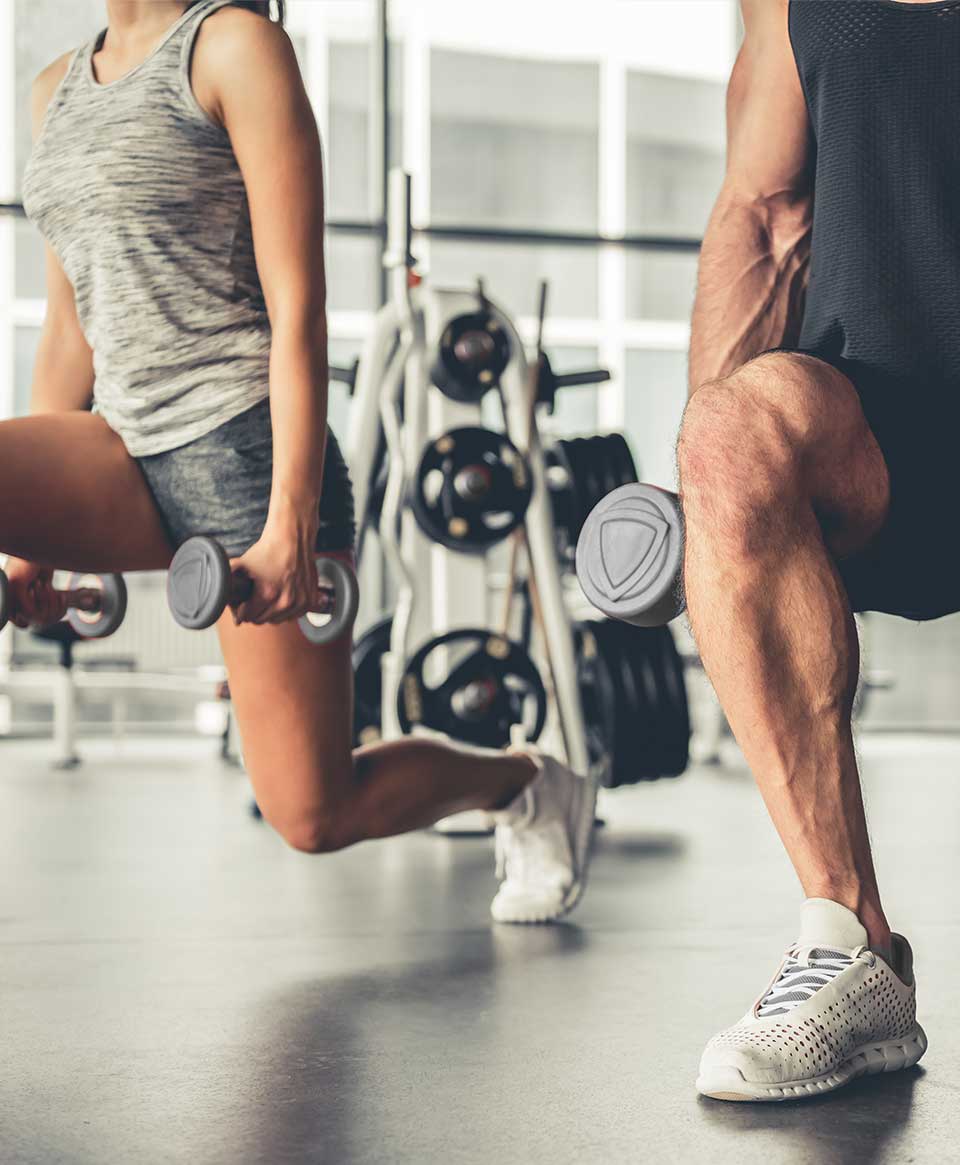Muscle soreness; a blessing and a curse from all your effort at the gym.
It’s a natural effect of exercise and a sign muscles are benefiting from all that hard work. Most people will experience muscle aches at some point. Especially if they’re new to working out or starting a new training program (sorry!).
In order to improve,overloading your muscles is required, but there’s also a law of diminishing returns in fitness. That’s the tipping point where you won’t get any more out of your workout and might do more harm than good. (See Are You Overtraining?)
However, if it’s that hurts-so-good muscle ache from a tough workout (technically called delayed-onset muscle soreness), you can follow these tips to feel better quick so you can train hard, rest up, and enjoy the benefits of a stronger, healthier body.
Balance Out Your Training
Some aches and injuries result from unbalanced muscles. When one muscle is stronger than its opposing muscle, you have an imbalance. For instance, if you do push-ups or bench presses weekly but never do rows, pull-ups, or other upper body pulling movements, there’s a good chance your chest is far stronger than your back, and you likely have a strength imbalance.
Opposing muscles groups are supposed to work together. Those muscles must be balanced in terms of strength, flexibility, and even posture to be efficient and to prevent injuries. Here are some examples of muscle pairs:
- Biceps and triceps help bend and straighten the elbows.
- Abdominals and Back bend the spine forward and backward.
- Quadriceps and hamstrings bend and straighten the knee.
- Hip abductors and adductors move the legs toward each other or apart.
Solution: The simplest way to avoid muscle imbalance is to choose exercises each workout that strengthen opposing muscle groups, such as bench presses (for your chest) and seated rows (for your back). (Need inspiration? Try this 15-Minute Workout for Opposing Muscle Groups.)
Foam Roll
Foam rolling will speed up the recovery process and boost your flexibility, allowing you to do more. A study in The Journal of Strength & Conditioning Research found that rolling out for just a minute can improve your range of motion, while a study in Medicine & Science in Sports & Exercise discovered that rolling after an intense workout can relieve soreness over the next two days. (Check out this easy foam-rolling technique for low back pain from Chandler Physical Therapy.)
Warm-Up and Cool-down Correctly
Your body performs better and avoids injury when you are warm and ready. A proper warm-up mimics the workout on hand. It should get your joints moving, while progressively adding in bodyweight exercises to warm up the muscles. An additional bonus of using a dynamic warm-up is it will increase your flexibility and improve your range of motion.
Always start your workout with a dynamic warm-up and save static stretching for after your cool down. (Try Elite Trainer, Javier Estrada’s Dynamic Turf Workout.)
Stay Hydrated
Drinking plenty of water before, during, and after your workout will help keep your muscles feeling their best. If you are struggling throughout a workout without a clue why, you could be dehydrated.
Research has shown that a loss of body weight of just one-percent (1.5 pounds in a 150-pound person) can adversely affect a person’s ability to cope with stress. A loss of two-percent of body weight can impair your fitness performance; making it difficult to even run a mile. (See Elite Trainer, T.J.’s hydration formula.)
Move Around
When you’re feeling really sore, it’s super tempting to sit on the couch. Do something you like, whether that’s easy jogging, swimming, a leisurely bike ride, or yoga. A little movement will make you feel better, faster.


